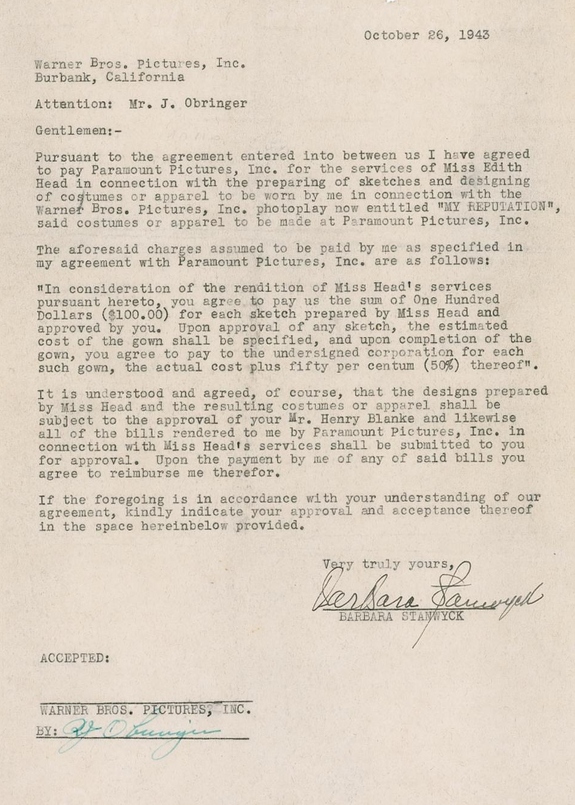The popularity of novelist and short story writer F. Scott Fitzgerald, who achieved fame in the 1920s, began to wane considerably once the Great Depression hit. With the public no longer interested in reading about the extravagant lifestyles of the American elite, Fitzgerald was facing serious financial problems by the mid-1930s. Convinced that he could become a successful screenwriter, the author returned to Hollywood where he had briefly worked in 1927 and 1931.
In 1937, Fitzgerald was hired by MGM where he would earn $1000 a week (raised to $1250 after six months), his highest salary up till then. While under contract to the studio Fitzgerald was given three major script assignments: Three Comrades (1938), the only film for which he received screen credit; Infidelity, a Joan Crawford vehicle, which was abandoned after he had worked on it for several months; and The Women (1939), on which he and Donald Ogden Stewart collaborated but were eventually replaced by Jane Murfin and Anita Loos. In addition, Fitzgerald also worked (uncredited) on screenplays for A Yank at Oxford (1938), Marie Antoinette (1938), Gone With the Wind (1939) and Madame Curie (the project was shelved and not released until 1943).
Dear Joe:
Well, I read the last part and I feel like a good many writers must have felt in the past. I gave you a drawing and you simply took a box of chalk and touched it up. Pat [played by Margaret Sullavan] has now become a sentimental girl from Brooklyn, and I guess all these years I've been kidding myself about being a good writer.
[....]
To say I'm disillusioned is putting it mildly. For nineteen years, with two years out for sickness, I've written best-selling entertainment, and my dialogue is supposedly right up at the top. But I learn from the script that you've suddenly decided that it isn't good dialogue and you can take a few hours off and do much better.I think you now have a flop on your hands— as thoroughly naive as The Bride Wore Red [another Mankiewizc production] but utterly inexcusable because this time you had something and you have arbitrarily and carelessly torn it to pieces. [...]
You are simply tired of the best scenes because you've read them too much and, having dropped the pilot, you're having the aforesaid pleasure of a child with a box of chalk. You are or have been a good writer, but this is a job you will be ashamed of before it's over. The little fluttering of life of what's left of my lines and situations won't save the picture.
[....]
My only hope is that you will have a moment of clear thinking. That you'll ask some intelligent and disinterested person to look at the two scripts. Some honest thinking would be much more valuable to the enterprise right now than an effort to convince people you've improved it. I am utterly miserable at seeing months of work and thought negated in one hasty week. I hope you're big enough to take this letter as it's meant — a desperate plea to restore the dialogue to its former quality — to put back the flower cart, the piano-moving, the balcony, the manicure girl— all those touches that were both natural and new. Oh, Joe, can't producers ever be wrong? I'm a good writer — honest. I thought you were going to play fair. Joan Crawford may as well play the part now, for the thing is as groggy with sentimentality as The Bride Wore Red, but the true emotion is gone.
Source: The Letters of F. Scott Fitzgerald (1963) by F. Scott Fitzgerald, edited by Andrew Turnbull.
Note: As the letter indicates, Fitzgerald was not at all impressed with Joan Crawford. In a 1938 letter to a friend, he wrote while working on the script for Infidelity: "Writing for her is difficult. She can't change her emotions in the middle of a scene without going through a sort of Jekyll and Hyde contortion of the face, so that when one wants to indicate that she is going from joy to sorrow, one must cut away and then cut back. Also, you can never give her such a stage direction as "telling a lie", because if you did, she would practically give a representation of Benedict Arnold selling West Point to the British." (Infidelity was eventually abandoned due to the film's taboo subject of adultery.)
 |
| Source: icollector.com |





.jpg)


















